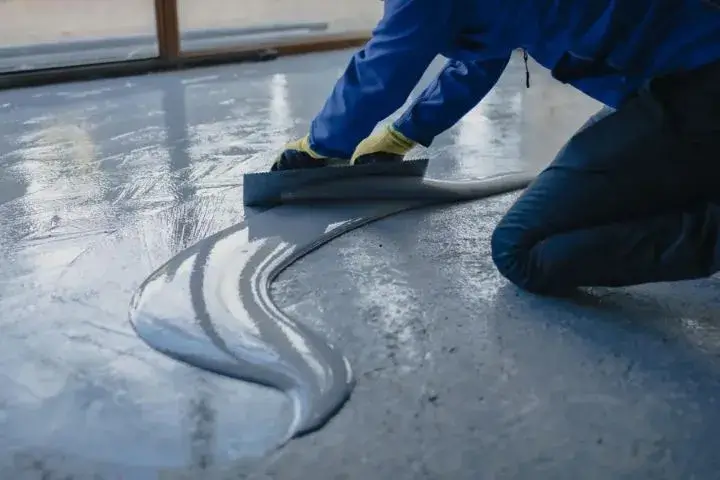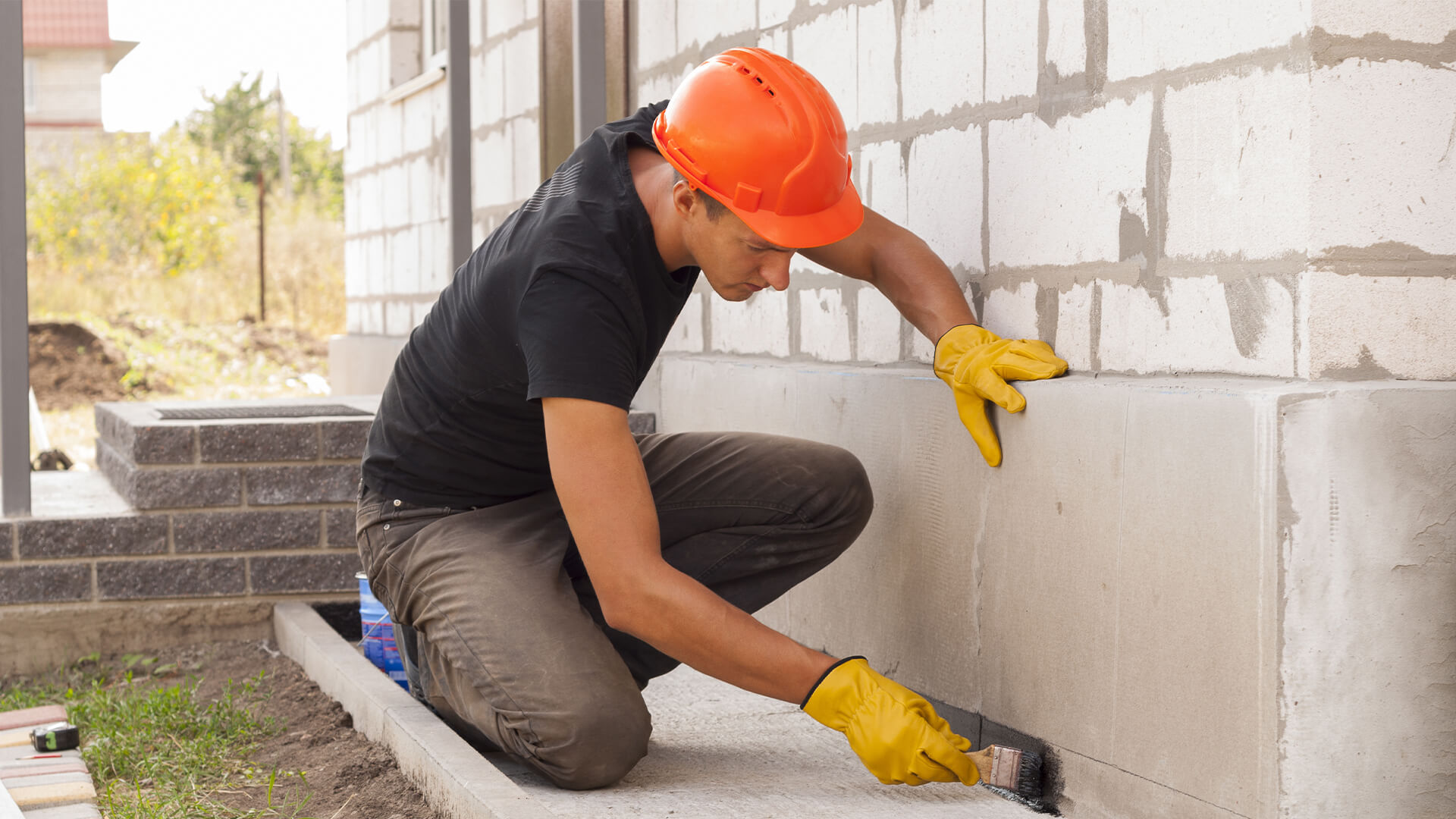The Ultimate Guide to Stopping Moisture Problems with Water Solutions
Sorts of Waterproofing: Exploring the Numerous Methods and Their Applications
Waterproofing is an important aspect of building and construction and upkeep. It shields frameworks from the damaging effects of water damage. There are a number of approaches available, each with its distinct applications and advantages. From membrane layer systems to cementitious solutions, comprehending these options is important for reliable execution. The selection of waterproofing technique can greatly impact longevity and long life. Exploring these different methods exposes their distinctive advantages and possible difficulties, motivating more consideration of perfect options.
Membrane Waterproofing Systems
Membrane layer waterproofing systems work as a crucial barrier versus water invasion in numerous structures. These systems typically consist of thin sheets made from materials like rubber, polycarbonate, or bitumen, which are related to surfaces to avoid dampness penetration. They can be set up above or listed below grade and are particularly reliable in locations susceptible to high water direct exposure, such as basements, roof coverings, and foundations.The setup process involves cleaning up the substrate, using adhesives or guides, and exactly fitting the membrane to ensure total protection. Membrane systems can be either totally stuck, mechanically attached, or laid loose, depending upon the specific demands of the job. They offer longevity and adaptability, accommodating structural motions without jeopardizing their waterproofing capacities. In addition, these systems can be enhanced with extra layers for improved protection. Ultimately, membrane layer waterproofing systems are crucial for securing structures against water damage and keeping long-lasting honesty.
Liquid-Applied Waterproofing Coatings
Liquid-applied waterproofing coverings provide a flexible option for protecting surfaces from water infiltration - Water Solutions. These coverings contain liquid materials that, when used, form a smooth, versatile membrane layer. Their adaptability enables application on different substrates, including concrete, metal, and timber. The coverings can be used in diverse environments, from property to industrial settings, making them appropriate for roof coverings, structures, and below-grade structures.One considerable advantage of liquid-applied layers is their capability to adapt to irregular shapes and pass through fractures, developing a durable barrier versus dampness. They frequently display excellent adhesion properties and resistance to UV radiation, ensuring longevity and longevity. Additionally, the application procedure is normally simple, permitting quick installment and minimized labor expenses. This approach also minimizes the threat of water pooling, as the continuous layer successfully routes water far from prone locations. In general, liquid-applied waterproofing coverings are a reliable choice for extensive water protection
Cementitious Waterproofing Solutions

Cementitious waterproofing solutions offer a robust choice for structures needing dependable wetness protection. These systems mostly use a blend of concrete, sand, and chemical additives to create a waterproof obstacle. They are typically used to surfaces such as concrete wall surfaces, foundations, and floorings, providing a long lasting, durable protection versus water intrusion.One of the vital benefits of cementitious waterproofing is its ease of application; it can be applied making use of a brush, roller, or spray, making it appropriate for different job sizes. Additionally, this method is compatible with several surface areas and can typically be made use of together with other waterproofing techniques.Cementitious remedies are particularly reliable in atmospheres where water exposure is a concern, such as basements or below-grade frameworks. Their exceptional adhesion homes assure that they bond well with substrates, giving a strong and impermeable layer versus dampness infiltration.
Bentonite Waterproofing
Bentonite waterproofing is an extremely reliable technique that utilizes sodium bentonite clay to produce an all-natural obstacle versus water. This method exploits the unique homes of bentonite, which broadens upon contact with water, securing any kind of potential leakages and avoiding moisture infiltration. It is frequently utilized in numerous applications, consisting of foundation walls, tunnels, and keeping walls, where water resistance is essential.Bentonite can be used in a number of forms, such as panels or coverings, offering convenience in installation. Its capability to self-seal makes it an attractive alternative for locations subject to moving dirt or changing water degrees. In addition, bentonite waterproofing is More Bonuses eco-friendly, as it is an all-natural product that does not introduce damaging chemicals into the surroundings.
Water Drainage and External Waterproofing Equipments
Efficient waterproofing typically entails a combination click for info of techniques, consisting of water drainage and exterior systems. Drainage systems, such as French drains and sump pumps, are created to reroute water away from frameworks, minimizing hydrostatic pressure against structures. These systems are important in stopping water build-up that can lead to architectural damages and mold growth.External waterproofing, on the various other hand, includes applying protective barriers to the building's outside. Methods such as the setup of water resistant membranes, finishings, or sealants can aid stop water seepage. This method not only shields the foundation but also boosts the total sturdiness of the structure.Together, drainage and exterior waterproofing systems develop a thorough service to handle water efficiently. By applying these approaches, homeowner can guard their investments versus the destructive effects of moisture, making sure lasting security and safety and security for their buildings.
Regularly Asked Questions
Exactly how Do I Pick the Right Waterproofing Method for My Task?
Picking the best waterproofing approach relies on factors such as job kind, environmental conditions, spending plan, and preferred durability. Evaluating these facets permits notified decisions tailored to particular needs and demands.

Can Waterproofing Be Applied in Winter Conditions?
Waterproofing can be applied in chilly weather condition conditions, yet it requires specific materials and techniques. Cold temperatures may impact healing times and adhesion, necessitating careful option of products made for low-temperature application.
What Are the Usual Signs of Waterproofing Failure?
Typical signs of waterproofing failing include noticeable water spots, peeling off paint, damp smells, mold and mildew development, and fractures in my response walls or structures. Foundation waterproofing Omaha. These indications suggest that moisture is passing through the obstacle, compromising its performance
For How Long Does Waterproofing Last Prior To Requiring Upkeep?
The long life of waterproofing varies, generally lasting in between 5 to 10 years. Aspects such as worldly quality, environmental problems, and upkeep methods influence its resilience, demanding routine examinations to assure efficient security versus water breach.
Exist Eco-Friendly Waterproofing Options Available?
The inquiry of environmentally friendly waterproofing choices reveals an expanding rate of interest in lasting products (Sump pump discharge drainage Omaha). Different natural substances, such as plant-based sealers and recycled items, provide effective solutions while decreasing ecological effect, appealing to eco aware consumers